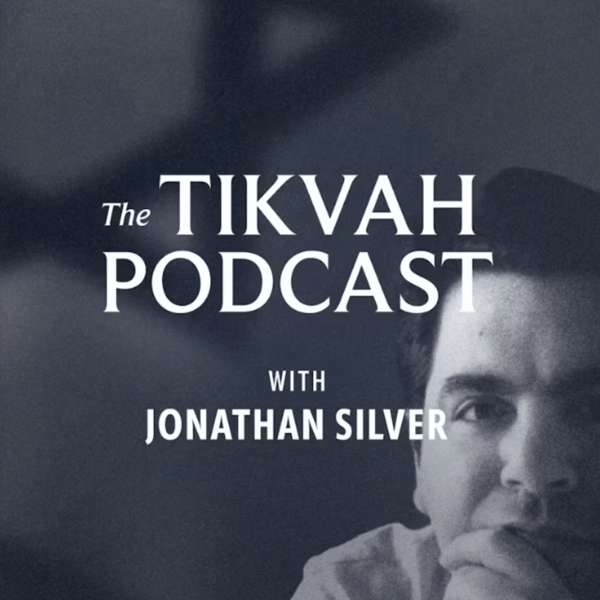Mordechai Kedar on the Return of Terrorism in the West Bank
The Tikvah Podcast
Tikvah
4.6 • 620 Ratings
🗓️ 31 August 2023
⏱️ 35 minutes
🧾️ Download transcript
Summary
Podcast: Mordechai Kedar on the Return of Terrorism in the West Bank
Since the end of the second intifada nearly twenty years ago, and the attendant calming of the West Bank, the main source of violence against Israel has been the Gaza Strip. That's involved fewer terrorists blowing themselves up in Israeli cafes and more rockets fired across the border. But over the last year the pace of terrorism from the West Bank is once again accelerating, with two attacks in Israel just this week.
Mordechai Kedar is a scholar of Arab politics and a retired lieutenant colonel in the IDF, where he specialized in military intelligence, focusing on Syria, Arab political discourse, Arab media, and Islamism. Today, in conversation with Mosaic editor Jonathan Silver, he shares his assessment of what’s happening in the West Bank.
Musical selections in this podcast are drawn from the Quintet for Clarinet and Strings, op. 31a, composed by Paul Ben-Haim and performed by the ARC Ensemble.
Transcript
Click on a timestamp to play from that location
| 0:00.0 | Historians tend to date the second indifada from the end of the Camp David summit, |
| 0:12.3 | convened by the Clinton administration in 2000, to around 2005. |
| 0:16.9 | By which time PLO chairman Yasser Arafat had died, |
| 0:19.9 | Mahmoud Abbas had succeeded him, |
| 0:21.9 | Israeli Prime Minister Ariel Sharon had overseen the construction of a physical barrier along Israel's |
| 0:27.5 | eastern lands, and his government had unilaterally relocated from their homes, Jewish Israelis living in Gaza. |
| 0:34.7 | In February of that year, Sharon and Abbas met at Sharma al-Sheikh, together with |
| 0:38.7 | Hosni Mubarak of Egypt and the King of Jordan, Abdallah II. There, they committed to peaceful |
| 0:43.9 | relations. Then, the camera zooms out of Judea and Samaria, the West Bank, and zooms into |
| 0:49.8 | Gaza, which replaced the West Bank as the scene of the most vivid and notorious violent conflict |
| 0:55.6 | against Israel. That was in part due to a tactical shift, less terrorists infiltrating, detonating |
| 1:01.9 | themselves in cafes and buses, and more terror tunnels and rocket projectiles. It was also |
| 1:07.7 | due to a political shift, with Hamas winning a Palestinian civil conflict and seizing power in Gaza. |
| 1:14.2 | Terrorism from the West Bank did not cease, and it especially did not cease for Israelis living in the cities, towns, villages, and settlements of the West Bank, |
| 1:23.5 | but the most menacing and widespread violence relocated to Gaza. |
| 1:28.1 | Well, that might be changing. |
| 1:29.6 | It's not that Gaza is calm and peaceful, |
| 1:32.1 | but the pace of terrorist violence from the West Bank is accelerating, |
| 1:35.9 | and the scale is growing. |
| 1:37.8 | As I write these words, |
| 1:39.1 | there have been two attacks in Israel just this week, |
| 1:42.0 | and so this week we turn our attention to the Palestinian territories |
... |
Please login to see the full transcript.
Disclaimer: The podcast and artwork embedded on this page are from Tikvah, and are the property of its owner and not affiliated with or endorsed by Tapesearch.
Generated transcripts are the property of Tikvah and are distributed freely under the Fair Use doctrine. Transcripts generated by Tapesearch are not guaranteed to be accurate.
Copyright © Tapesearch 2025.

